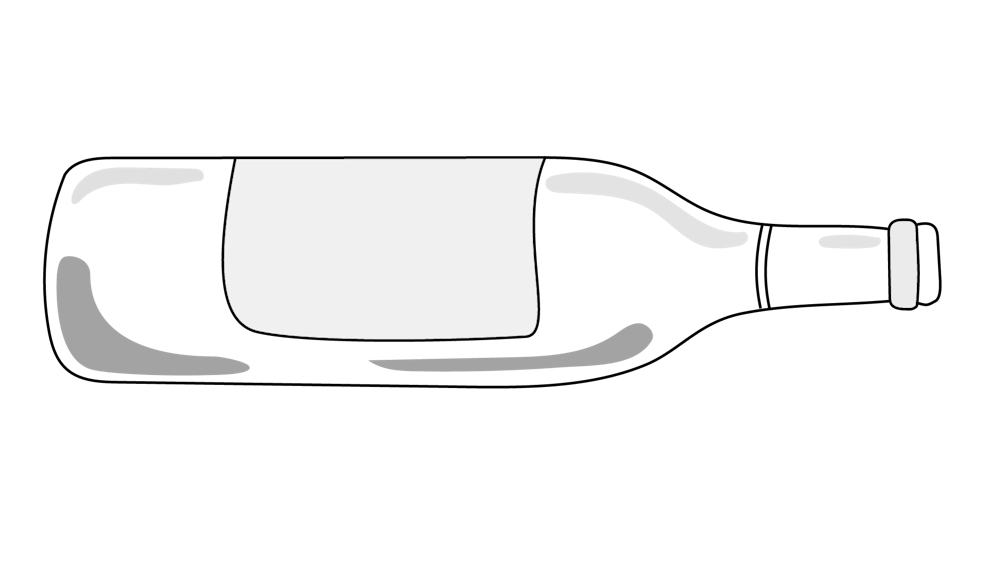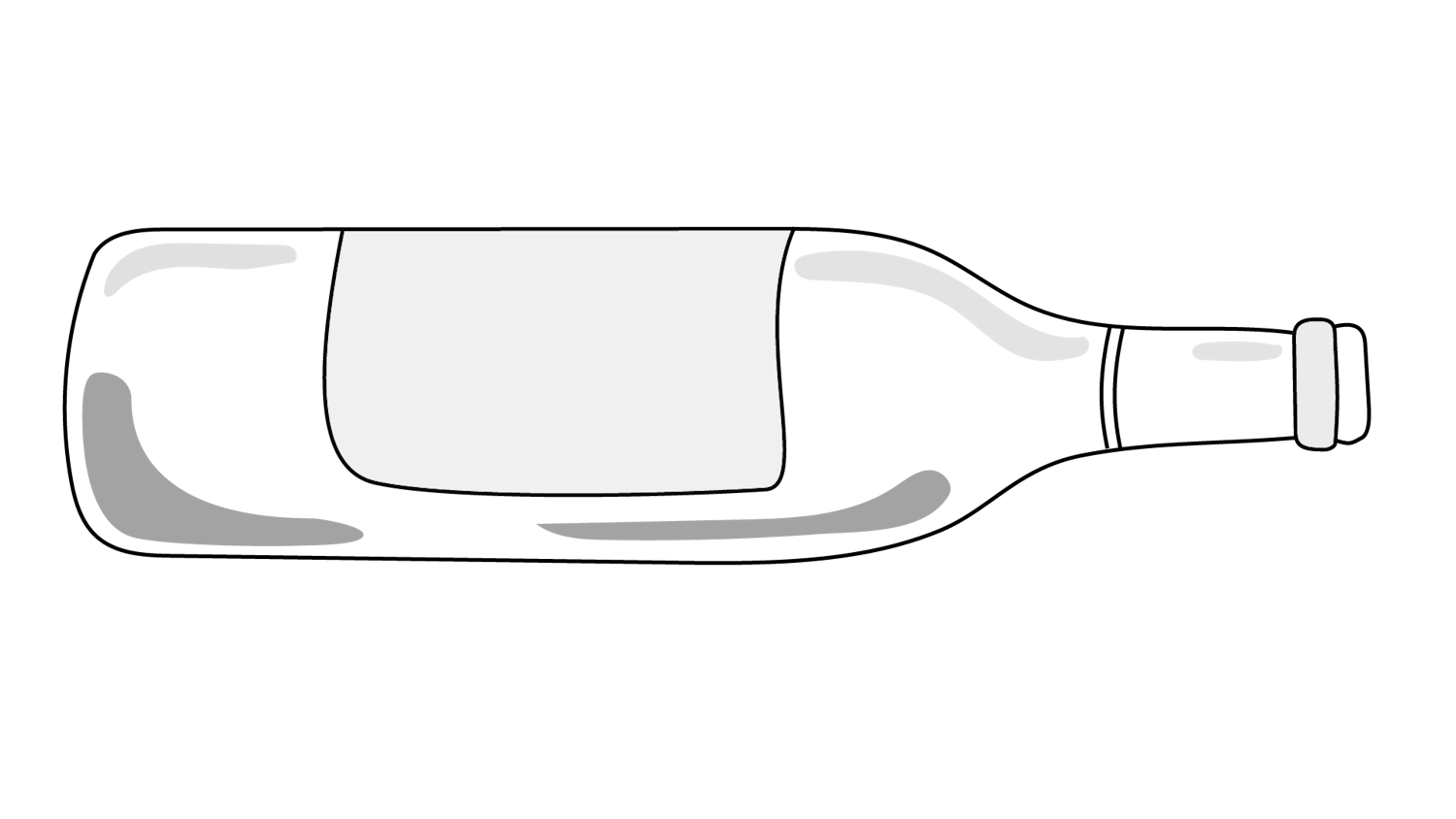“Slipin Sips” is a bi-weekly wine column written by Local Editor Sam Lipin (hence the title, “Slipin”). As an amateur sommelier, Sam exists deep in the world of wine, particularly natural wine, and this column seeks to share the joy he finds in fermented grapes with the rest of the world.
In the last edition of “Slipin Sips,” I gave a brief introduction to the world of natural wine, a recent movement that technically started in the French wine region of Beaujolais in the 70s (say some), but really it has been going on for 8,000 years. Before we dip our toes into the international world of natural wine, it only makes sense to start with those from our own brave little state. It’s important to give these wines the spotlight they deserve. Vermont wines have been written off for too long, detractors citing their monotoned juiciness and “foxiness,” a musty aromatic trait associated with North American grape varieties. However, thanks to a select ever-growing number of producers seeking to unleash the full potential of Vermont wines, these wines are sullied no more. It’s about time you learn about them.
Renowned natural wine writer Alice Feiring calls cold Vermont’s viniculture a “vigneronne’s avocation,” and it’s not difficult to see why. These wines are unique for two main reasons: the harsh climate from which they come and the use of hybrid grapes in their creation. Vines perform best when the terroir has a healthy balance of cold and heat, rain and sun, moisture and dryness. Grapes struggle to grow where consistent frosts freeze and destroy the budding fruits and leaves, as well as where the burning sun crisps the same buds and leaves behind damaged, shriveled berries. Vermont’s environment belongs in the former category, and thus successful, chemical-free viticulture requires a ton of hands-on work. With that being said, Vermont possesses a useful tool to further combat the climate: cold-hardy grape varietals called hybrids.
Unlike “crosses” — varietals crossed from the same species of grape — “hybrids” are the result of interspecies breeding between vitis vinifera, the European fine wine species (think Pinot Noir, Riesling, Chardonnay, etc.), and other species of grape, such as vitis labrusca or vitis riparia — the kinds of eating grapes you’d buy at the grocery store. These hybrids were, for the most part, developed at Cornell University and the University of Minnesota, whose viticulture programs include controlled breeding procedures to create these gems.
A few hybrid grapes you should know: Marquette, a grandchild of Pinot Noir; La Crescent, a high acid, high sugar white; Frontenac Noir, a more tannic red variety; and Seyval blanc, perfect for bubbles on a hot summer day. These hybrids are utilized most in the Northeast and Canada, where growing conditions are extreme but are aided by neighboring bodies of water that warm up the vines during the winter and cool them down in the summer. Lake Champlain provides that aid in Vermont, with most vines being planted in the Lake Champlain Valley, where they are bordered and protected to the east by the Green Mountains.
Now, onto the producers. Viniculture has been occurring here for generations, mostly for quantity rather than quality. But in the past 10 years, Vermont has seen an insurgence of natural wine growers committed to making wine without the inclusion of additives or the chemical degradation of the vines and soil. Vermont is one of the fastest-growing wine regions in the United States, and a select few juices have even made their way over to Europe (give it a try, Parisians!).
Deirdre Heekin ’86 of La Garagista Farm + Winery has long been hailed the pioneer of Vermont natural wine, setting the stage and serving as a mentor for those devoted to the same quest. Ever since she began making fermented beverages — yes, ciders too — she has done so organically and biodynamically, with absolutely nothing added in the cellar, not even sulfites. At first, the wines served as a side project for Heekin and her husband’s restaurant, Pane e Salute, but after years of experimentation, they decided to close their restaurant and turn their focus solely to grapes (and other fruits). She now has a team of proteges with whom she works, allowing them to utilize her cellar and often her vineyards to make their own wines; these include La Montañuela, Disciple Cider and Lilith Wines. If you’re looking for more, keep an eye out for Ellison Estate Vineyards, Kalchē, Stella XIV, Iapetus, Chertok Wines, Wildbranch Cider and NOK Vino (NH).
What I drank this week: Ellison Estate Vineyards’ Kendra Knapik and her husband Rob farm a 50-acre plot on the eastern slopes of the Grand Isle, with 10-acres of some of the oldest vines in Vermont. From the outset, with the encouragement of Heekin, Knapik has farmed organically and biodynamically, keeping close the tenets of regenerative agriculture in her processes. As such, Knapik considers her large and ever-growing herd of sheep integral to her process; they stomp, eat and, most importantly, fertilize. This week, I drank the “Chicory, Thistle & Lace” 2021 blend of Louise Swenson, Prairie Star and La Crescent (of course, all hybrids). Pale gold and light-medium in body, this wine shouts and then recedes back into its bedroom, all while emitting burnt orange peel fumes and demanding you knock for another sip.

Sam Lipin '23.5 returns this fall for his third semester as an editor for the Sports section. A Classics major with an Italian minor, Sam worked as a reporting intern this summer at the Addison Independent. He has hosted four radio shows through WRMC and tells his friends he plays rugby though he has not been to a practice in a year and a half.




